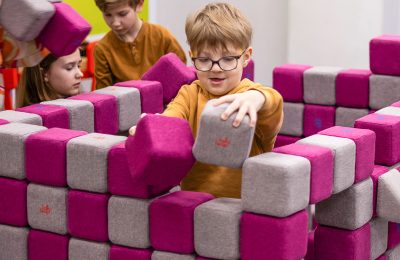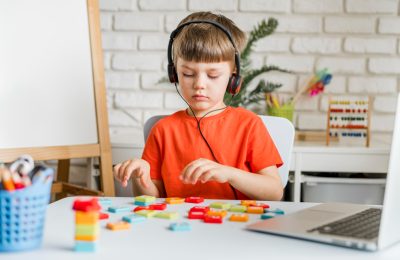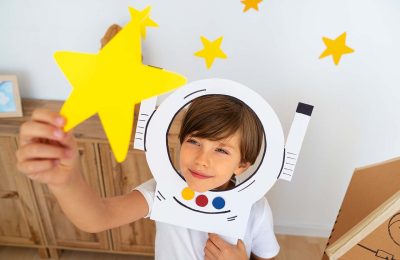Play Therapy: Why Therapy Doesn’t Have to Be Difficult
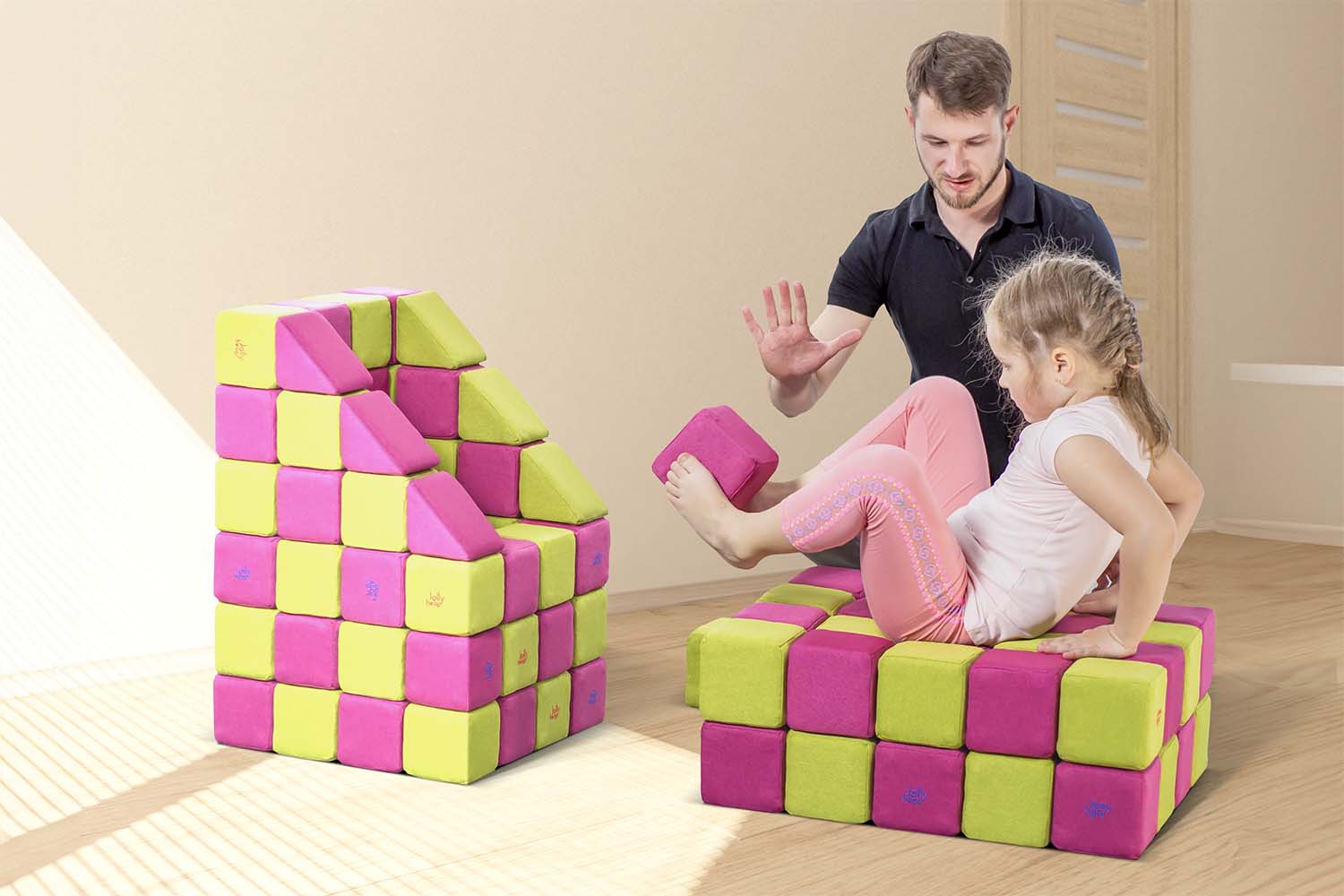
Table of Contents
Introduction
Remember the carefree days of childhood when the most complex decisions involved choosing which game to play? Turns out, play doesn’t just have its place in childhood memories; it’s also making a profound impact in the world of therapy. Play therapy, a powerful therapeutic approach, leverishes the natural medium of play to help clients, especially children, express what is troubling them when they do not have the verbal language to express their thoughts and feelings. This therapeutic strategy transforms traditional therapy into a delightful, engaging activity, making it easier for participants to navigate the healing process. In this blog, we will explore how play therapy can make therapy feel less intimidating and more like a part of everyday fun, ensuring a positive, productive therapeutic experience.
Benefits of Play Therapy
Encourages self-expression through play
Play therapy offers a unique venue for children to express their feelings, thoughts, and experiences in a way that is naturally engaging and less intimidating than traditional verbal communication methods. By using toys and games, children can symbolically express complex emotions and scenarios that they might not yet have the words to describe. This form of expression can be particularly beneficial for children who have experienced trauma or who struggle with emotional articulation. Through the medium of play, therapists can gain insights into the child’s inner world, understanding their fears, hopes, and unresolved conflicts, which can then be addressed in a supportive environment.
Helps build a strong therapeutic relationship
The nature of play therapy helps foster a strong bond between therapist and child. As play is a fun and enjoyable activity, it helps the child view the therapist as a companion or a safe person rather than someone who is conducting a more formal therapeutic process. This rapport is crucial as it makes the child feel safe and protected, thereby opening up more during sessions. Trust is built week by week, game by game, allowing the therapist to effectively guide the child towards healing. A strong therapeutic relationship also empowers the child, enhancing their confidence and willingness to participate in the process, which is key to successful outcomes in therapy.
Setting up a Play Therapy Space
Utilizing a small space efficiently
Creating an effective play therapy environment doesn’t require a large room; even a small space can be transformed into a therapeutic and inviting area. Key to this setup is the organization and thoughtful use of space. Storage solutions like bins and shelves can keep toys and materials accessible yet tidy. A small table and chairs for board games or drawing, a comfy corner with pillows for storytelling or puppet shows, and a small mat or area for dynamic activities like building blocks or role-playing games are essential. The goal is to make the space feel safe and welcoming, allowing the child freedom to choose activities that resonate with their feelings and needs at the moment.
Incorporating elements of an indoor playground
To further enhance the therapeutic value of play, integrating elements of an indoor playground can be especially effective. This might include soft modular structures, slides, tunnels, or a ball pit. These components encourage physical activity, which is excellent for children’s physical health, but also aids in emotional regulation and sensory integration. Engaging in physical play can help children burn off excess energy and manage feelings of anxiety or frustration. Moreover, it introduces a sense of adventure and joy into the therapy sessions, making the process of healing through play not only beneficial but also immensely enjoyable. Such a setup invites spontaneity and creativity, key components in effective play therapy.
Techniques in Play Therapy
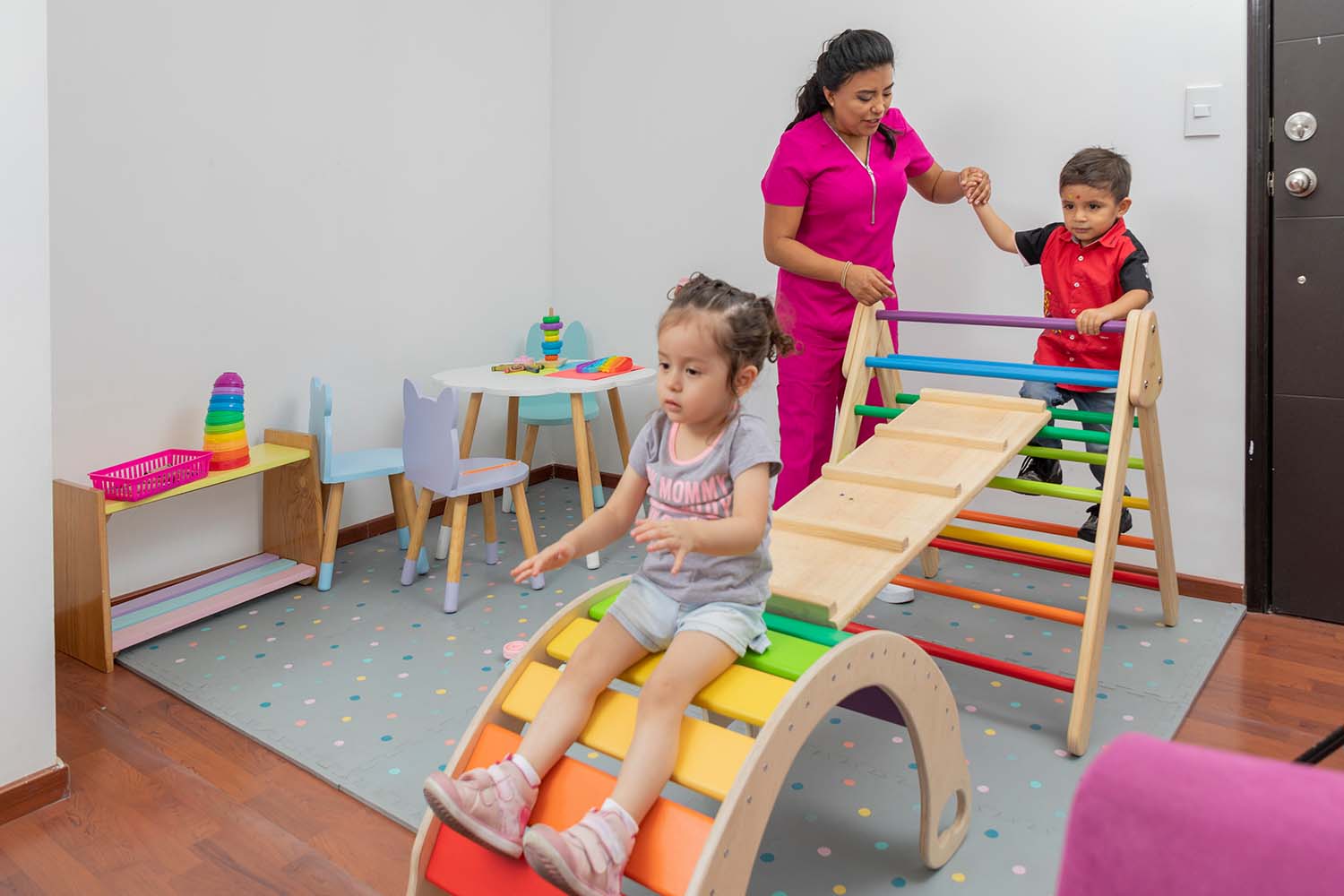
Role-playing for emotional exploration
Role-playing is a dynamic and engaging way to explore emotions and reactions in play therapy. By adopting different roles, clients, especially children, can express feelings they might not otherwise acknowledge or understand. This technique allows them to experiment with various responses to situations, helping them to address conflicts and fears in a safe, controlled environment. It also grants therapists insight into the child’s perspectives and struggles, which can guide further therapeutic interventions.
Using art and creative activities
Art and creative activities serve as another expressive outlet in play therapy. Through drawing, painting, or building, individuals can manifest inner thoughts and emotions tangibly. These activities don’t just divert or entertain; they facilitate a deeper exploration of a person’s psyche. For example, therapists might interpret a child’s use of colors or the intensity of their brush strokes, which can be very telling of their emotional state. Such creative endeavors help patients, especially those who may struggle with verbal expression, by providing them with the tools to communicate non-verbally.
Incorporating storytelling in therapy sessions
Storytelling is a powerful tool in play therapy as it allows individuals to create narratives that reflect their experiences, concerns, or dreams. This technique can help them make sense of complex feelings and situations. Therapists can prompt the client with the beginning of a story and ask them to conclude it, exploring themes like resolution, fear, or success. This not only boosts their imagination but also teaches problem-solving skills and coping mechanisms. Additionally, listening to the stories can offer therapists clues about the themes and conflicts present in the clientele’s real life.
Play Therapy for Different Age Groups
Play therapy for young children
For young children, play therapy is particularly beneficial as their capacity for verbal communication may be limited. It involves the use of toys like dolls, blocks, and play sets, which help them express their feelings and problems through play. The act of playing naturally helps children relax and open up, which is crucial in addressing behavioral and emotional issues. Techniques such as puppet play or sandbox therapy are often used, allowing children to act out various scenarios, which helps therapists pinpoint specific emotional challenges.
Play therapy for adolescents
Adolescents might find more structured forms of play, like video games or role-playing games, appealing and therapeutic. These platforms allow them to tackle issues like social anxiety, teamwork, leadership skills, and problem-solving. For adolescents dealing with emotional disturbances, such activities can provide an escape that lets them express feelings of frustration and loneliness in a controlled, non-threatening way.
Play therapy for adults
Although less common, play therapy can also be effective for adults, offering a refreshing alternative to traditional therapy methods. Activities such as metaphorical card games, strategic board games, or even digital storytelling apps can help in expressing complex emotions and relieve psychological distress. These modalities often help in breaking down defenses, making the therapy process more engaging and less formal. Adults involved in play therapy frequently rediscover aspects of their creativity and spontaneity, which can be therapeutic in itself.
Case Studies on the Effectiveness of Play Therapy

Case study 1: Overcoming trauma through play therapy
Play therapy has shown remarkable outcomes in treating children who have experienced trauma. In a noted case study, a 7-year-old girl named Emily, who witnessed a distressing event, was introduced to play therapy. Initially non-communicative and withdrawn, Emily began to open up through directed play sessions that focused on expression through dolls and miniature figures, which represented her family members. Over several weeks, Emily started to re-enact the event, eventually adding alternative, positive outcomes into her play. This not only helped her process her emotions but also reinstated a sense of control over her life. Over time, Emily’s overall engagement at school and home improved, showcasing the profound impact play therapy had on her recovery.
Case study 2: Building confidence in children through play
Another inspiring case involved a young boy, Alex, who struggled with low self-esteem and social anxiety. His therapist introduced him to play therapy sessions where he could engage in role-playing games. Through these games, Alex adopted various roles, from a superhero saving a city to a teacher in a classroom. This type of play allowed him to experience feelings of accomplishment and leadership, which were initially foreign to him. After consistent therapy, Alex’s parents and teachers noticed a significant boost in his confidence and a greater willingness to interact with peers. His transformation is a testament to how play can be a powerful vehicle for enhancing a child’s self-esteem and social skills.
Incorporating Play Therapy at Home
Creating a play corner at home
Establishing a dedicated play area at home can be a simple yet effective way to incorporate play therapy into a child’s daily routine. This space should be safe and inviting, filled with a variety of therapy toys and creative materials, like crayons, building blocks, and costumes for role-playing. Here are a few tips:
– Ensure the area is free of distractions and hazards.
– Stock it with materials that cater to various forms of play, like artistic, constructive, and imaginative.
– Allow the child to personalize the space, giving them a sense of ownership and comfort.
Using play therapy techniques in everyday interactions
Play therapy techniques can seamlessly be integrated into everyday activities to encourage continuous emotional growth and learning. Simple practices, such as communicating through a puppet during storytime or creating stories during play, can significantly enhance communication skills. Additionally, parents can encourage children to express their feelings and resolve conflicts through play, such as having siblings resolve a dispute by role-playing each other’s viewpoints. These interactions not only foster a nurturing environment but also equip children with coping mechanisms that are crucial for their development.
Play Therapy with JollyHeap Blocks
Incorporating specific toys like JollyHeap Blocks into play therapy can dramatically aid in a child’s cognitive, emotional, and motor development. These magnetic foam blocks are excellent tools for constructive play, allowing children to build a variety of objects, from climbing structures and obstacle courses to balance exercise mats and relaxation zones. As children manipulate these blocks, they enhance their problem-solving skills, spatial awareness, and teamwork abilities. The physical activity involved in building and interacting with these structures supports motor therapy by improving coordination, balance, and fine motor skills. Furthermore, because these blocks are soft and safe, they are ideal for younger children, ensuring that playtime remains enjoyable and free from risks. By integrating JollyHeap Blocks into play therapy sessions at home, parents can actively contribute to their child’s therapeutic journey while ensuring they are engaged, learning effectively, and developing their physical abilities.
Conclusion
Play therapy represents a vital tool in the pursuit of psychological health and emotional well-being, particularly for children. By integrating the natural language of play into therapeutic sessions, it becomes possible to navigate the complexities of emotions and behaviors in a comforting and enjoyable manner. This approach not only demystifies the therapy process but also enhances the willingness to participate and the overall effectiveness of treatment. Remember, healing doesn’t have to be a daunting task; with play therapy, it can be transformative and fun. Embrace this playful method and watch as difficult emotions and behaviors begin to unfold and heal through the incredible power of play.
